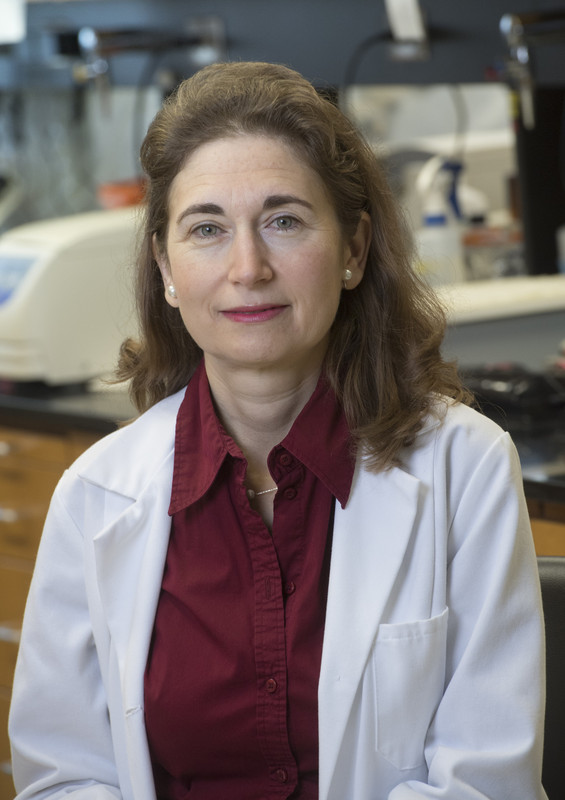
Anath Shalev, M.D., director of the Comprehensive Diabetes Center and professor in the Division of Endocrinology, Diabetes & Metabolism, is the latest winner of the School of Medicine’s Featured Discovery. This initiative celebrates the important research from School of Medicine faculty members. Dr. Shalev and her team discovered a safe and effective novel therapy to reduce insulin requirements and hypoglycemic episodes in adult subjects with recent onset type 1 diabetes by promoting the patient’s own beta cell function and insulin production — the first such discovery to target diabetes in this manner. The findings, published by Nature Medicine, reveal that regular oral administration of verapamil, a common blood pressure medication first approved for medical use in 1981, enabled patients to produce higher levels of their own insulin, limiting their need for injected insulin to balance out their blood sugar levels. Read more from UAB News here.
The School of Medicine communications staff sat down with Dr. Shalev to gain insights about her research, UAB and the science community.
 Q: What compelled you to pursue this research?
Q: What compelled you to pursue this research?
A: Diabetes has become a growing epidemic worldwide. While therapies have improved dramatically over the last several decades, there are still no treatment approaches available that target the underlying causes of the disease. In particular, none of the current therapies targets the loss of functional beta cell mass, which is a key problem in both type 1 and type 2 diabetes. Therefore, to address this issue we set out to first identify the factors responsible for this diabetic beta cell loss. We identified a specific protein (TXNIP) in a human islet gene expression profiling experiment over 15 years ago. Follow up experiments demonstrated that TXNIP is indeed increased in diabetes and that this promotes beta cell death, whereas deletion of TXNIP was protective in different mouse models of diabetes. This suggested that TXNIP might, in fact, represent an attractive novel therapeutic target.
Q: What was your most unexpected finding?
A: The most unexpected finding was the fact that an established blood pressure medication (verapamil) was able to regulate our target (TXNIP) and have beneficial effects in mouse models of diabetes, human islets, and now in individuals with recent onset T1D.
Q: What is your research’s relevance to human disease?
A: We were able to bring our research from the bench to the bedside and conduct a successful clinical trial with verapamil in adult individuals with recent onset type 1 diabetes. Since verapamil is already FDA approved for the treatment of high blood pressure, the findings are translatable to the clinic and physicians and their patients can decide on a one-on-one basis whether adding verapamil to their diabetes management would make sense.
Q: When did you know you had an important discovery?
A: Initially, we knew it was important when we found that genetic deletion of TXNIP protected against diabetes. It became even more clear when we found that verapamil was not only able to prevent but also reverse diabetes in mice, which is more in line with the situations we encounter in the clinic when patients come in once they have developed diabetes. Obviously, the final test was the translation to humans with our clinical trial.
Q: What made you come to UAB?
A: The biggest draw to come to UAB was the opportunity to direct the Comprehensive Diabetes Center and expand it as a University-Wide Interdisciplinary Research Center (UWIRC) as I feel that a comprehensive approach is critical when dealing with a complex disease such as diabetes. In fact, now the UAB Comprehensive Diabetes Center has members from all 10 schools on campus, and it spans the full spectrum of basic, translational, clinical and outcomes research. Another key factor that brought me to UAB was the extremely collaborative spirit that is quite unique here. I also view the fact that we are at the epicenter of the diabetes epidemic not only as a challenge, but also as an opportunity. I knew that I could not only count on institutional support, but also on the commitment and continued support from the community. That has made a huge difference and continues to do so.